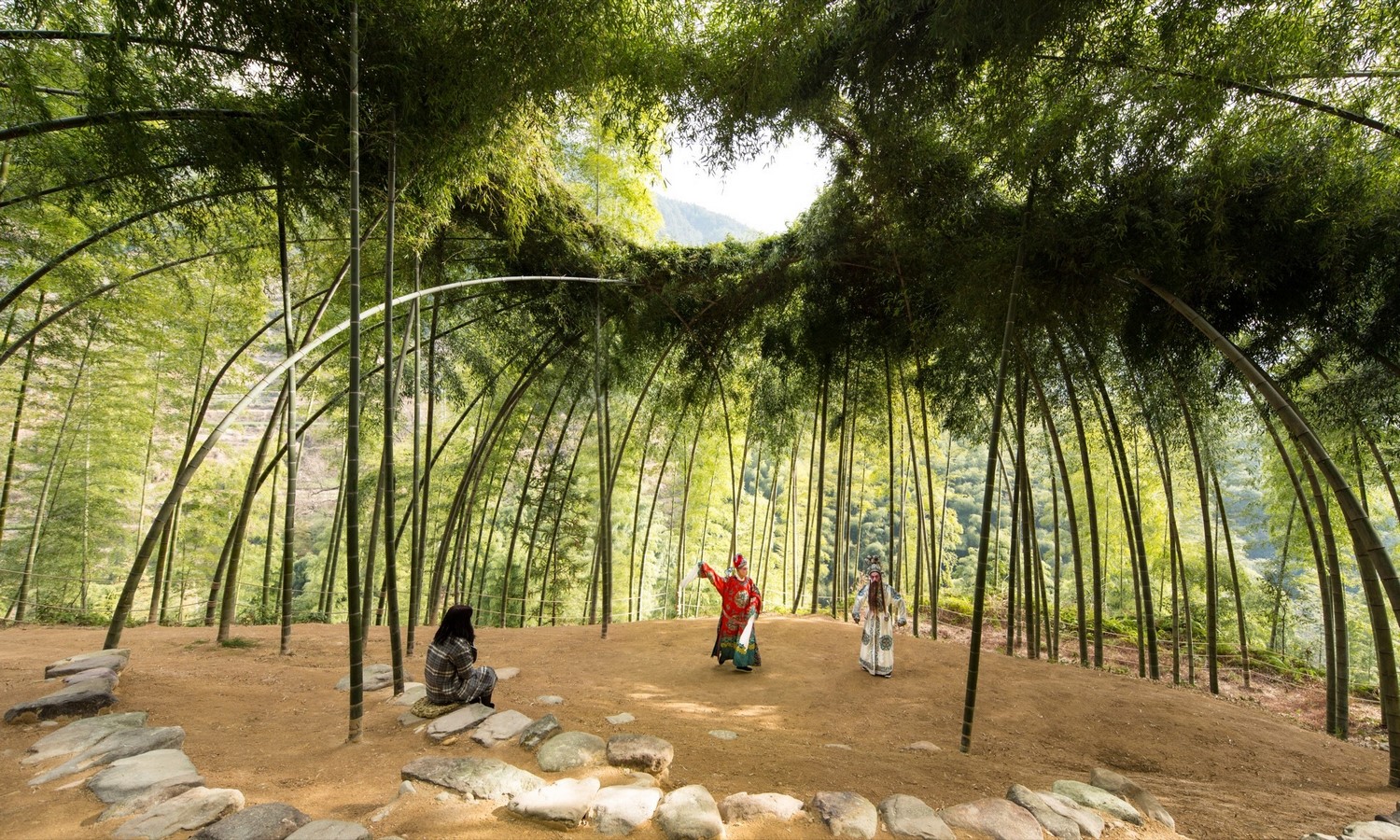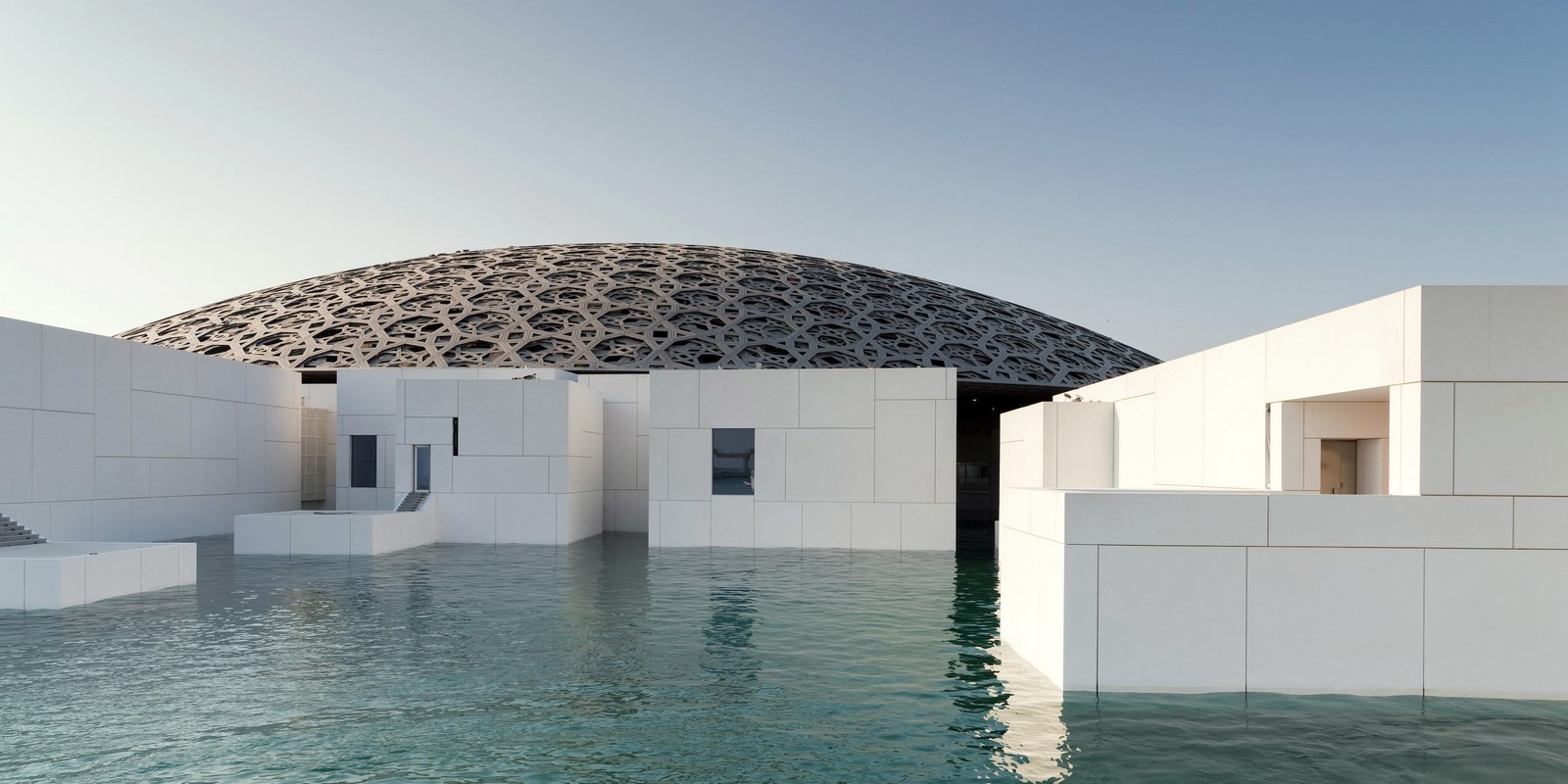Enriched with a message from ancient times, the historical landmarks of ages of individuals stay to the current day as living observers of their deep-rooted customs. People are getting increasingly more aware of the solidarity of human qualities and see old heritage as a typical legacy. The basic duty to shield them for people in the future is perceived. It is our obligation to hand them on in the full lavishness of their genuineness. Architectural conservation describes the process through which the material, historical, and design integrity of any built heritage are prolonged through carefully planned interventions. The individual engaged in this pursuit is known as an architectural conservator-restorer.
The protection of our social legacy and cultural heritage is a basic part of ensuring a feeling of personality, a feeling of what our identity is, that underlines that the present is a connection from a very much characterized past to a future created by our activities, guided by our desires and our inborn capacities, independently and on the whole. This social legacy covers numerous things: literature, visual artisanship, music structures, customs, and objects of basic use.
Our current circumstance contains a novel and dynamic record of human action. It has been molded by individuals reacting to the environmental factors they acquire, what’s more, embodies the desires, abilities, and ventures of progressive ages. Individuals esteem this notable climate as a component of their social and common legacy. It mirrors the information, convictions, and customs of diverse communities. It gives uniqueness, quality to where we live, giving a feeling of congruity and a wellspring of personality. It is a social and economic resource and an asset for learning and pleasure.
Learning is integral to supporting the cultural and social heritage. It raises individuals’ awareness and comprehension of their legacy, remembering the shifted ways for which its qualities are seen by various ages and communities. It energizes conservation architecture and dynamic cooperation in thinking about heritage. Conservation architects should utilize their insight and aptitudes to urge and empower others to find out about, worth, and care for their heritage. They should assume an urgent function in recognizing, conveying, and supporting the setup estimations of spots. Also, in helping individuals to refine and express the qualities they connect to places.
Change in history is inescapable, brought about by normal cycles, the mileage of utilization, and individuals’ reactions to social, economic, and mechanical change. Conservation Architecture is the way toward overseeing change to a critical spot in its setting in manners that will best continue its legacy esteems. while perceiving occasions to uncover or fortify those qualities for the present and people in the future.
The need to save must be coordinated by the need to give adaptability of reuse. Experience shows that unreasonably inflexible adherence to reclamation norms. for example, where nothing is transformed from the first can prompt not exactly ideal utilization of the properties. A case from India is enlightening: two structures in Old Delhi, of precisely indistinguishable appearance. one of which was completely rebuilt from within, fundamentally permitting a very surprising design while keeping up the exterior unaltered. The second being kept up and rebuilt precisely as it was both inside and outside. The previous lease was 10,000 per sq. ft. The going rate. the last stayed empty for 2.5 years. This raises doubt about the need to survey the common practices in architectural conservation to guarantee that immaculateness of direction doesn’t oblige the capacity to choke the economic and social revitalization of historic city cores.
An all the more intriguing example is the reclamation of the Willard Hotel. The Willard Hotel in Washington DC speaks to an extremely fruitful exertion at architectural conservation and expansions. The notable in whose hall was such a significant gathering place in the nineteenth century that it gave us the expression “lobbying” in the language, has been reestablished in the entirety of its magnificence. Be that as it may, to make the project venture pay, the designers needed to fabricate another expansion of business workplaces and shops. This was exquisitely done, repeating yet not duplicating the building themes. Also, falling downwards from the rooftop line of the first. A more quiet shading tone. A delicate setback around a courtyard and the whole is that most elusive of all successes where the new not only blends with the old, however, but also improves it. It is one of those uncommon situations where the entire is, in reality, more than the amount of the parts.
The conservation of Heritage buildings requires information and comprehension of those assets and the set of experiences they speak to. Conservation Architecture needs a legitimate administration of assets and an orderly strategy for protection works. The exercises in protection works ought to accordingly be taken care of with incredible affectability and aptitudes to safeguard the uncommon characteristics of the structure’s materials, design, and craftsmanship. Architectural Conservation is a multidisciplinary field, which includes inputs from everyone.




















